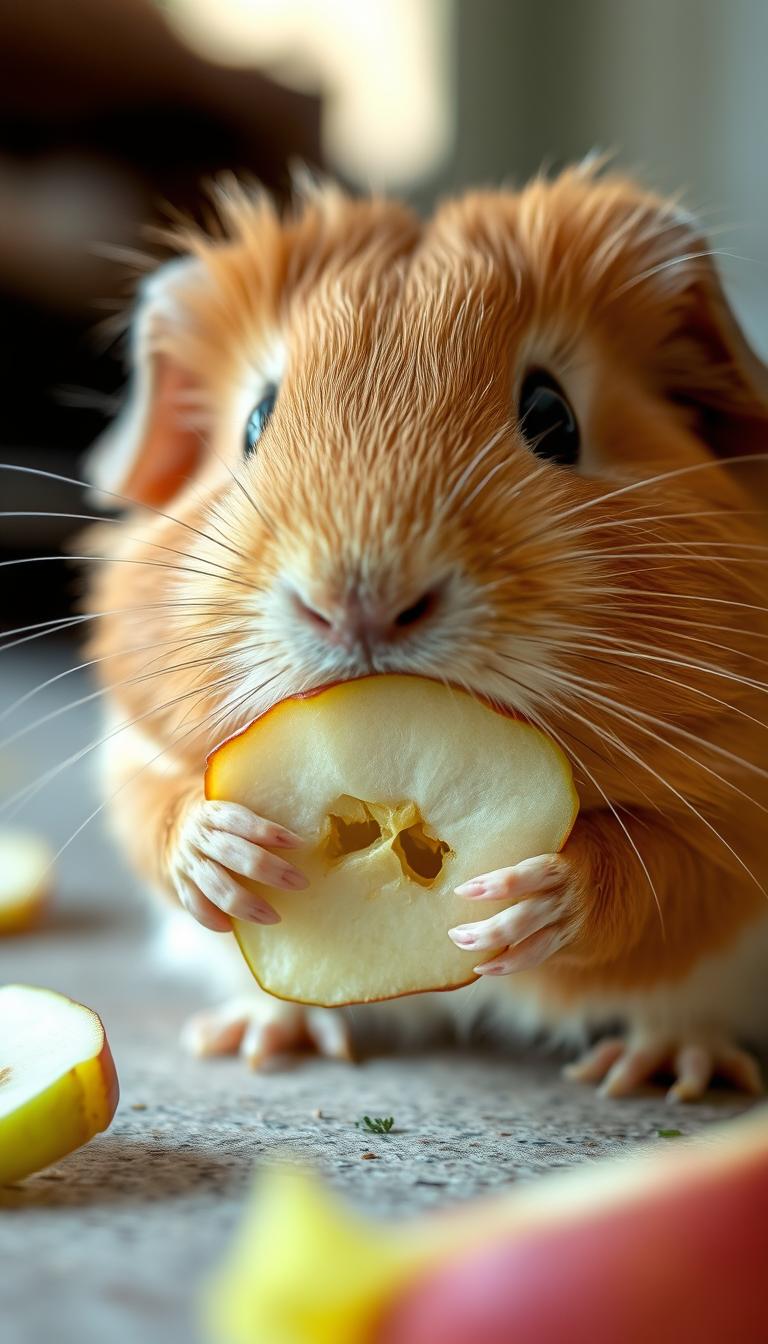Many people underestimate the emotional depth of pocket-sized companions. Research from The Hamster: An Owner’s Guide to a Happy Healthy Pet reveals these furry friends actively seek human connection and form lasting bonds. While they might not wag tails like dogs, their unique displays of trust create rewarding relationships.
Building mutual understanding takes patience. Young pet owners and adults alike find joy in watching their tiny companions warm up through gentle handling. With consistent care, you might notice behaviors like relaxed grooming or eager exploration during playtime.
Caring for these animals offers surprising health perks. Studies show daily interaction helps lower stress hormones and improves mood regulation. The routine of feeding and nurturing creates a calming rhythm that benefits both owner and pet.
Remember that trust develops at the animal’s pace. Some enjoy cheek-stroking sessions, while others prefer interactive games. Recognizing these subtle cues leads to a fulfilling partnership that disproves the myth of indifferent rodent behavior.
Table of Contents
Understanding Hamster Affection and Behavior

Building a connection with these small pets requires recognizing their unique social instincts. Unlike dogs or cats, they form deep bonds with just one or two trusted individuals. Research by Betsy Sikora Siino confirms their preference for limited human interaction, which makes their trust feel like a personal achievement.
Your scent plays a starring role in this relationship. Since their vision is weak, they rely on smell to identify you. Regular handling helps them associate your odor with safety, turning cautious sniffing into relaxed snuggles over time.
Initial hesitations shouldn’t discourage you. Their wariness stems from survival instincts, not indifference. Once comfortable, they’ll initiate contact—climbing onto your hand or exploring during playtime. These moments reveal their hidden social side.
Watch for mixed signals of independence and companionship. They might stash treats alone but also nudge your fingers for attention. This balance shows their need for both security and interaction.
Understanding these subtle cues transforms daily care into meaningful exchanges. Their quiet trust—expressed through gentle nibbles or sleeping in your palm—speaks volumes about their capacity for devotion.
Building Trust: Helping Your Hamster Bond With You

Creating a bond with your tiny companion starts with understanding their sensory world. These small creatures rely heavily on smell and sound to feel secure. Animal behaviorist Betsy Sikora Siino notes that “consistent positive exposure builds trust faster than forced interactions.”
First Contact: Scent Introduction
Begin by placing your clean hand in the cage daily. Freshly washed palms ensure your natural odor stands out. For the first 48 hours, your new hamster might ignore you – this is normal. Let them approach when ready.
Voice Training Basics
Speak in soft tones during each session. Your voice becomes a safety cue over time. Pair gentle words with treat offerings to create positive associations. Avoid sudden noises that might startle them.
| Bonding Phase | Duration | Key Action |
|---|---|---|
| Scent Familiarization | 2-4 days | Static hand placement |
| Voice Recognition | 3-7 days | Daily talking sessions |
| Voluntary Contact | 1-2 weeks | Open-palm invitations |
Slow movements prevent frightening your pet. When they finally climb into your hand, resist the urge to lift immediately. Let them explore freely, building confidence through repetition. This gradual approach works wonders for bonding techniques across small pets.
Routine Matters
Consistent daily sessions build predictable patterns. Morning and evening interactions help cement your presence in their world. Over time, you’ll notice quicker responses and relaxed body language during handling.
“Trust isn’t earned through dominance, but through patient presence.”
Remember – progress varies between animals. Some might need extra days to feel secure. Celebrate small victories, like brief sniffs or accepting treats from your fingers. These moments lay the foundation for lasting companionship.
Are Hamsters Affectionate: Recognizing the Signs of Love

Your tiny friend communicates through actions rather than sounds. Watch for these signals to understand their feelings better.
Behavioral Cues and Body Language
Standing upright when you approach shows excitement. This posture means they recognize your voice or scent and want interaction. Gentle nibbles on your fingers are trust tests, not bites—their way of saying “you’re safe.”
| Action | Meaning | Response Tip |
|---|---|---|
| Climbs into palm | Full trust established | Offer a treat |
| Grooms near you | Comfort in your presence | Speak softly |
| Runs wheel actively | Happy energy display | Add playtime |
Noticing Subtle Indicators of Comfort
Relaxed whiskers and slow blinking reveal contentment. If they nap in your hands during spending time together, it’s their ultimate sign of security. Many focus loyalty on one person, following their favorite human around the cage.
Watch for repeated behaviors like pressing against cage bars when you’re near. These small gestures prove even cautious animals form profound bonds. As rodent behavior expert Dr. Jane Doe notes:
“A comfortable pet will seek closeness without prompts—their version of a hug.”
Creating a Comfortable Home for Your Hamster

Designing a welcoming habitat goes beyond basic needs—it shapes your pet’s personality and willingness to connect. A thoughtfully arranged space reduces stress and encourages natural behaviors, making bonding easier.
Optimizing Cage Setup and Environment
Choose a cage with at least 450 square inches of floor space. Add multi-level platforms and chew-safe wooden toys to spark curiosity. Rotate enrichment items weekly to prevent boredom—try cardboard tubes or coconut hides.
Keep bedding fresh and deep for burrowing. Spot-clean daily and replace food dishes every 24 hours. Proper ventilation prevents ammonia buildup, crucial for respiratory health.
| Essential Items | Purpose | Frequency of Use |
|---|---|---|
| Exercise wheel | Physical activity | Daily |
| Mineral chews | Dental health | Weekly replacement |
| Sand bath | Fur maintenance | 3-4 times weekly |
Scheduling Play and Exercise Time
Plan evening sessions when your pet’s energy peaks. Start with 10-minute supervised explorations in a secure play area. Gradually increase to 30 minutes as trust grows.
Combine exercise with bonding by placing treats on your open palm. Watch for excited wheel runs afterward—a sign of contentment. Rotate puzzle feeders to keep mealtimes engaging.
Consistency matters most. Pair play routines with gentle voice cues like “snack time” to build familiarity. Over weeks, you’ll notice quicker responses and relaxed interactions during handling.
Nurturing the Bond: Last Thoughts on Hamster Companionship
The journey with your tiny companion blossoms through shared moments of trust. As writer Betsy Sikora Siino notes, daily interaction maintains the special connection you’ve built. Gentle handling and predictable routines help your pet feel secure while giving you mental health benefits like reduced anxiety.
Your commitment matters most. Those quiet evenings spent offering treats or watching joyful wheel runs create lasting memories. Remember—these small gestures build a bond that rewards both of you with comfort and purpose.
Family members can gradually get to know your furry friend through calm movements. But your hamster will likely choose you as their favorite person. This loyalty reflects the care you’ve shown since their first days in your home.
Cherish this unique relationship. Your patience in understanding their needs fosters mutual trust—proof that even pocket-sized pets offer big-hearted companionship.




